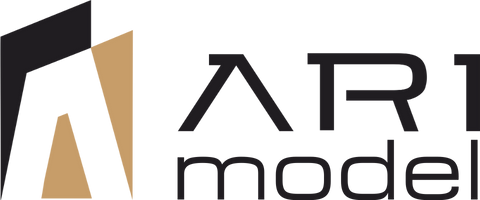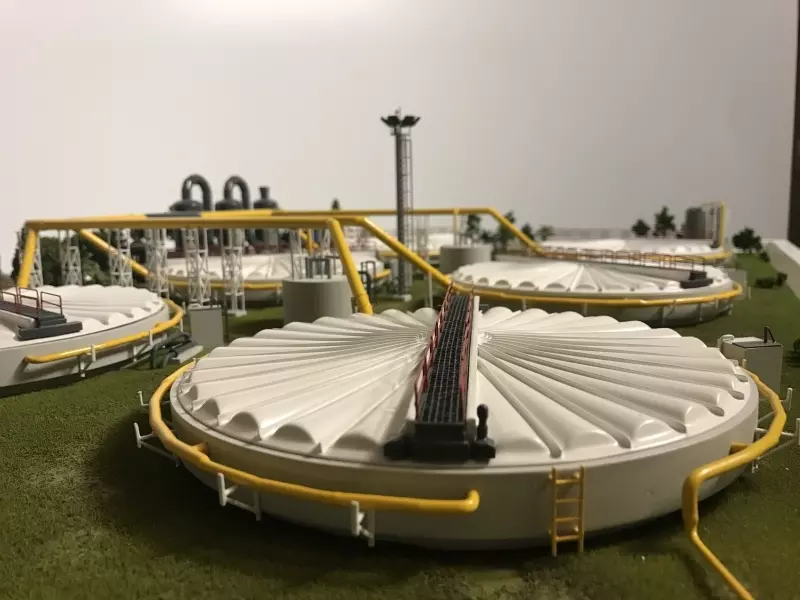Industrial models, crucial for presentations of projects in limited spaces to showcase the final state of projects during their development, are meticulously crafted and error-intolerant models designed by experienced architects working in industrial model firms. Correct scaling is essential in the production of industrial models. Therefore, it is necessary to create a scaled project model that accurately represents every detail of the project, ensuring that even the smallest details are carefully shown, after fully understanding the project. Projects in the industrial field are essential for showcasing all the details of the production stages and visualizing the finished state of the project during construction.
The most significant advantage of industrial models is their ability to anticipate deficiencies and errors that may arise during project construction. Therefore, working on a project with an industrial model minimizes the risk of errors for project implementation and production engineers, making it crucial to make models correctly and in accordance with standards. Industrial models can be made in various fields, including production facilities for different products and materials. To create a proper production facility, it is necessary to know the details of the production stages and reflect any changes on the model. The creation of the model of the three-dimensional project is now possible with today's technological systems in a more flawless and faster manner.
Industrial models are essential for promoting and marketing the work of manufacturing companies. Therefore, during project presentations, the model showcases the finished state of the project, allowing third parties to understand the production stages and the industrial project comprehensively. Therefore, it is necessary to create a model that can withstand environmental conditions and remain stable for a long time during presentation and display. Hence, the importance of using quality materials becomes apparent. Expert model-making firms create remarkable models for presentations by using the highest quality and most suitable materials, attracting attention with both their quality and craftsmanship. The use of durable and long-lasting materials is essential for the stability of the model. A visually impressive and robust model is crucial for both the project owner and the architectural model-making firm's prestige.
The production cost of industrial models varies depending on the project. Factors such as the size of the production area, the number of units, the details of the production stages, and the quality and quantity of materials used affect the prices of industrial model making. Architectural model-making firms take all these factors into account and offer the project owner a suitable price quotation.





